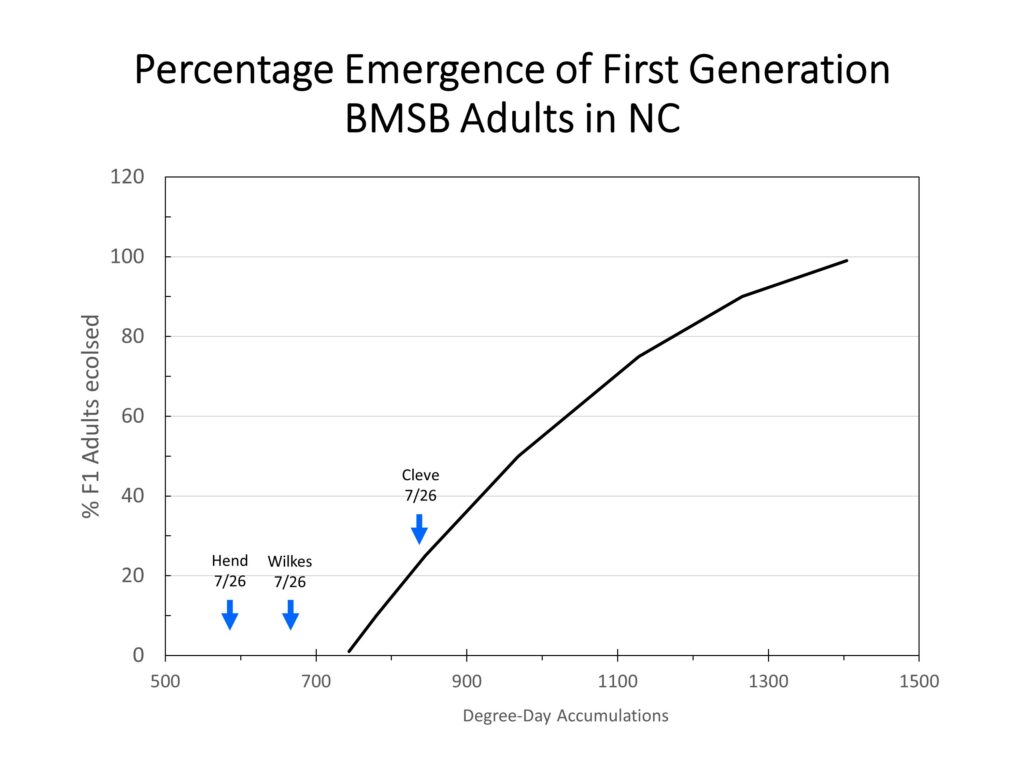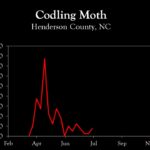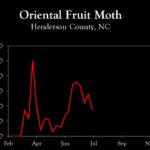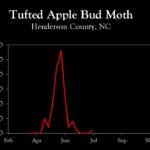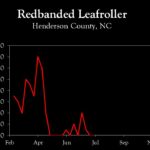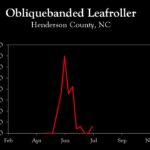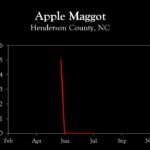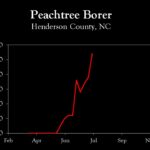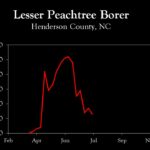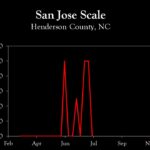WNC Orchard Insect Pest Populations – July 27, 2021
go.ncsu.edu/readext?811376
en Español / em Português
El inglés es el idioma de control de esta página. En la medida en que haya algún conflicto entre la traducción al inglés y la traducción, el inglés prevalece.
Al hacer clic en el enlace de traducción se activa un servicio de traducción gratuito para convertir la página al español. Al igual que con cualquier traducción por Internet, la conversión no es sensible al contexto y puede que no traduzca el texto en su significado original. NC State Extension no garantiza la exactitud del texto traducido. Por favor, tenga en cuenta que algunas aplicaciones y/o servicios pueden no funcionar como se espera cuando se traducen.
Português
Inglês é o idioma de controle desta página. Na medida que haja algum conflito entre o texto original em Inglês e a tradução, o Inglês prevalece.
Ao clicar no link de tradução, um serviço gratuito de tradução será ativado para converter a página para o Português. Como em qualquer tradução pela internet, a conversão não é sensivel ao contexto e pode não ocorrer a tradução para o significado orginal. O serviço de Extensão da Carolina do Norte (NC State Extension) não garante a exatidão do texto traduzido. Por favor, observe que algumas funções ou serviços podem não funcionar como esperado após a tradução.
English
English is the controlling language of this page. To the extent there is any conflict between the English text and the translation, English controls.
Clicking on the translation link activates a free translation service to convert the page to Spanish. As with any Internet translation, the conversion is not context-sensitive and may not translate the text to its original meaning. NC State Extension does not guarantee the accuracy of the translated text. Please note that some applications and/or services may not function as expected when translated.
Collapse ▲Codling Moth and BMSB are Key Target Pests
Codling moth: Degree-day accumulations range from about 1770 in Henderson County to 2220 in Cleveland County. This coincides with completion of 32% hatch of second generation eggs in Henderson to >80% in Cleveland. In orchards with low pheromone trap captures there should be no need for additional insecticides targeting this generation. While there will definitely be sufficient heat and time for a third generation in lower elevations, this generation is only a concern when high levels of control were not achieved in earlier generations.
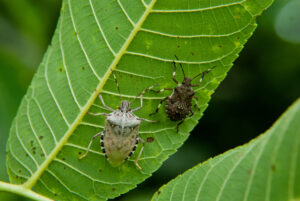 Brown marmorated stink bug: The figure below shows predicted emergence of first generation brown marmorated stink bug adults, the most damaging stage on apples and other crops. The line shows that emergence begins at about 740 DD (biofix is 4 April) and is nearly complete at about 1400 DD. As of today (27 July), about 25% of adults have emerged in the lower elevation of Cleveland County (831 DD), but emergence has not yet begun in Wilkes (684 DD) or Henderson (591 DD). An initial insecticide application is recommended at about 10% emergence, or 780 DD, so now is an important time to protect crops in lower elevation orchards.
Brown marmorated stink bug: The figure below shows predicted emergence of first generation brown marmorated stink bug adults, the most damaging stage on apples and other crops. The line shows that emergence begins at about 740 DD (biofix is 4 April) and is nearly complete at about 1400 DD. As of today (27 July), about 25% of adults have emerged in the lower elevation of Cleveland County (831 DD), but emergence has not yet begun in Wilkes (684 DD) or Henderson (591 DD). An initial insecticide application is recommended at about 10% emergence, or 780 DD, so now is an important time to protect crops in lower elevation orchards.
Based on the weather forecast, 780 DD is predicted for 3 August in Wilkes County, but not for about two weeks in Henderson County and higher elevations. However, in some locations we have trapped high numbers of overwintered adults, so an earlier application may be warranted on highly susceptible cultivars such as Granny Smith and Pink Lady.
Apple Maggot: As of yet we have not detected emergence of apple maggot flies in our abandoned orchard in Henderson County. Emergence of apple maggot begins about 1 August, so first capture should not be far off. Remember that insecticides recommended for BMSB also control apple maggot, and orchards adjacent to an abandoned orchard are most susceptible to damage.
Learn more about southeastern apple insect pests at the Apple Insect Management page.
2021 Average Weekly Trap Captures
| HENDERSON COUNTY | |||
| Insects per trap | |||
| Jul 12 | Jul 19 | Jul 26 | |
| Codling moth | 0.5 | 0.5 | 1.5 |
| Oriental fruit moth | 22.0 | 28.0 | 18.0 |
| Tufted apple bud moth | 0.0 | 0.0 | 1.0 |
| Redbanded leafroller | 1.0 | 0.0 | 0.0 |
| Obliquebanded leafroller | 0.0 | 0.0 | 3.0 |
| Lesser appleworm | n/a | 0.0 | 0.0 |
| Apple maggot (abandoned and research orchards) | 0.0 | 0.0 | 0.0 |
| Brown marmorated stink bug (commercial) | 1.9 | 5.5 | 7.0 |
| Brown marmorated stink bug (unsprayed) | 0.5 | 2.1 | 5.0 |
| Spotted tentiform leafminer | 4.0 | 5.0 | 2.0 |
| Dogwood borer | 27.0 | 21.0 | 24.0 |
| Peachtree borer | 17.0 | 19.0 | 27.0 |
| Lesser peachtree borer | 14.0 | 17.0 | 13.0 |
| San Jose scale | 5.0 | 5.0 | 0.0 |
*Note that these averages illustrate only the timing of insect emergence and fluctuations in populations, and are not representative of population levels in any given orchard. The only way to have an accurate assessment of an individual orchard’s populations is to set up traps in that orchard.
2021 Accumulated Degree Days
| HENDERSON COUNTY | ||||
| Jul 13 | Jul 19 | Jul 26 | ||
| Codling moth (Biofix: April 10) |
1355 | 1512 | 1678 | |
| Oriental fruit moth (Biofix: March 27) |
1885 | 2057 | 2279 | |
| Tufted apple bud moth (Biofix: April 30) |
1527 | 1860 | 1920 | |
2021 Pest Trends (click to enlarge)
Visit WNC Orchard Insect Populations for archived posts.



